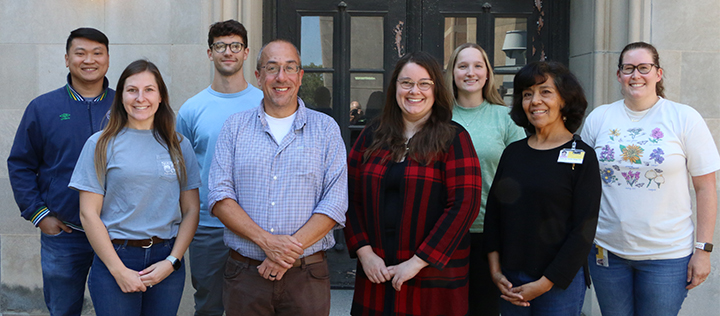
The Coleman laboratory conducts translational research focused on prevention of musculoskeletal disorders that result from injury, whether after a car crash or exposure to therapeutic doses of radiation. Our research revolves around the principle that mitochondria are the major drivers of oxidative stress in many cell types and many tissues. For articular joints exposed to radiation during radiotherapy, this may result in fibrosis, diminished ability, and lower quality of life. Current projects in this sphere involve interrupting redox signaling after exposure to prevent aberrant adipocyte and fibroblast differentiation. In the osteoarthritis projects in the lab, blocking mitochondrial oxidant production through either inhibitors of mitochondrial metabolism or scavenging species with antioxidants acutely after severe injury protects against posttraumatic osteoarthritis. This discovery has led to ongoing clinical trials of treatments developed in Coleman lab projects and we are now trying to extend these ideas into new settings.
These new projects describe oxidative stress in the context of a new multiscale model combining large animal intraarticular fracture, in vitro physical and mechanical testing, and cell level mechanics modeled in silico. We have developed high precision, spatially-registered histological analyses to combine with automated immunohistochemical scoring algorithms that provide quantitation on a wide range of redox biological proteins of interest. This model will be used to explore normal and pathological features of articular chondrocytes mechanobiology. We are also using this model to inform clinical decision making based on injury severity thresholds associated with mitochondria-driven pathology. This may be useful in deciding between comparable courses of surgical treatment or in determining whether a patient may benefit from the treatments developed at Iowa.